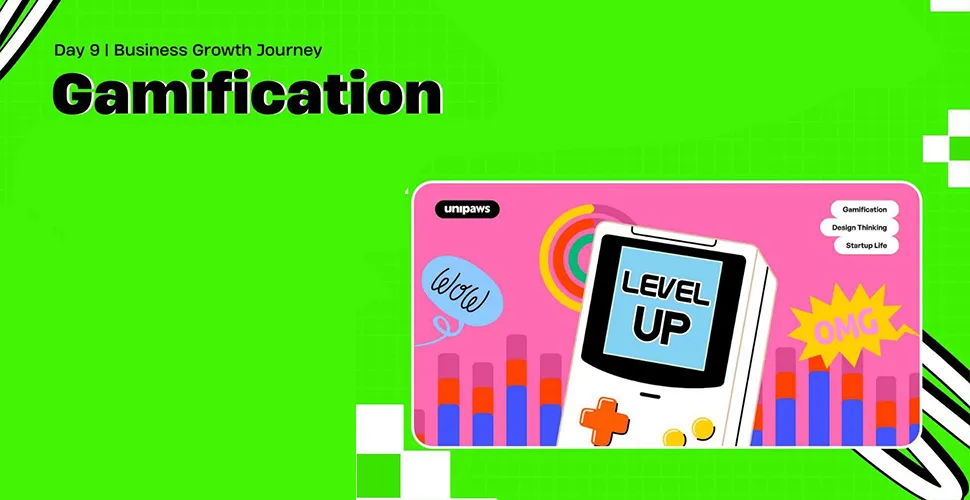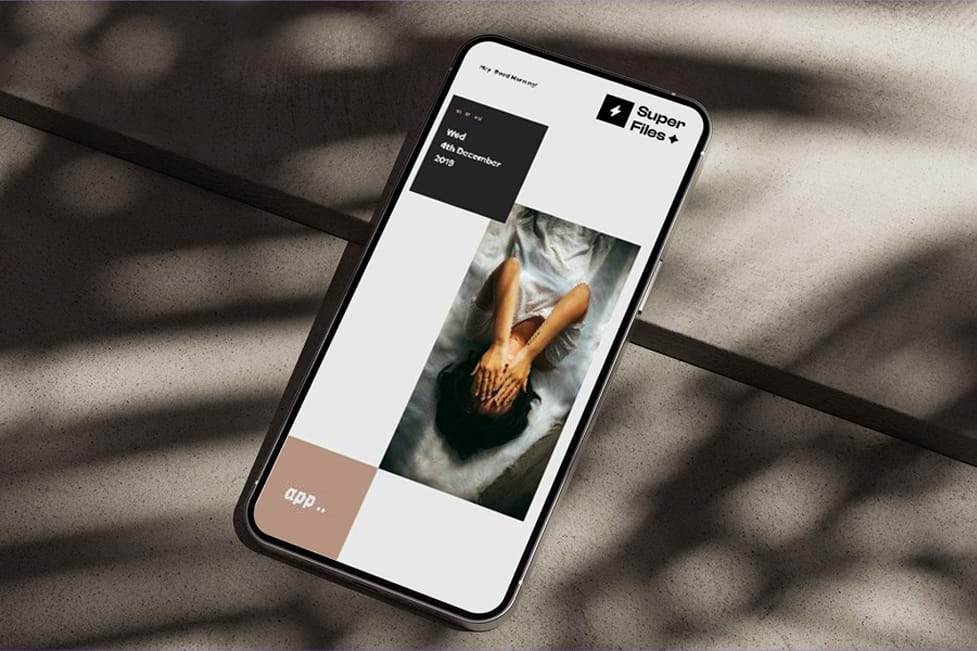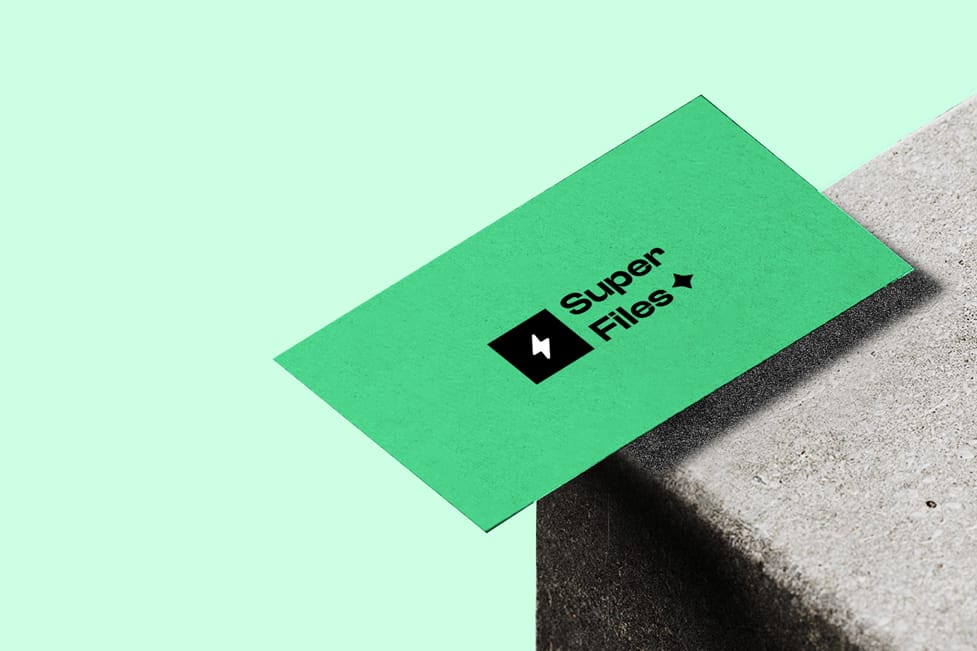#1 What is Gamification in UI/UX Design
Gamification is a design approach that incorporates game-like elements into non-game contexts, particularly in user interface (UI) and user experience (UX) design. Here’s a detailed overview based on the search results:
Gamification Defined
Game Elements: Although it is not the primary scope, the term gamification can be explained as the use of game elements including points, badges, leaderboards, challenges, as well as rewards, in many applications or services that are not games.
Engagement: The main aim is to increase user engagement and motivation because of the functional aspects rather than work by making the work enjoyable and rewarding.
Significance To Gamification
Attach Emotion-Based Marketing: Since it thrives on human feelings, it accentuates the bringing forward of such products to the customers making that product unforgettable increasing the chances of that customer using it over and over again.
Repurpose Activities: It can make even the most boring or frustrating chores entertaining encouraging the user to actually perform them. This is also a great thing for other applications like financial services, health care, education, etc.
Gamification Uses
- For Many Industries: Such components are applied in different industries for instance in:
- Finance: Non-gaming applications that motivate users to save money or control the limits of their expenditures for example budgeting applications.
- Mobile Health: Mobile applications that promote users progression of health – by providing progress monitoring mechanisms with rewards.
- Every Day Learning Process: Providing users with obstacles and rewards for accomplishing lessons along their desired books.
Merits of Gamification in UX Design
Improved User Attentiveness: It is evident that the users would be more active and seek the services of the application that is appealing and provides the desired fun.
Improved Learning Outcomes: Supposedly, effects of learning may also be enhanced by introducing non-traditional learning methods such as game elements.
Adoption of New Course of Action: It can assist by giving motivation and feedback and thus help a person to employ such new patterns or attitudes, which he/she would not have accepted in the first place.
Final Thoughts
Gamification constitutes an effective technique in UI/UX design and exploits game designing to make the user experience interactive and fun. Likeness to games in design helps convert a mundane task into a gratifying activity which on the long run increases the retention of users.
For more information, you can read articles about the advantages of gamification in UX design, such as those found in Fireart Studio.
# 2 Strategies for Infusing a Gamified Touch to the UI UX Design
The applicability of gamification in UI/UX design ethos can augment user involvement and their willingness towards using the interface. In this regard follows a sequential order of activities aimed at the introduction of gamification aspects in your designs:
1. Anchoring on Gamification
Definition:
Gamification is the practice of taking design elements that are fundamental in games and using them in different settings, especially those that are not necessarily games to improve engagement.
Aim:
The intention is not to find a way of creating a game within that application but rather find ways of adding attractive features that would encourage the users to spend more time on the application.
2. Focus on the Users
User Research:Research the audience and their motivations, preferences and behavior patterns in depth. User personas will help you fit in gamification elements to the users more efficiently.
Motivational Factors:Understand the underlying motivations for your users because there are groups for instance users who will compete (leaderboards) while some will want to win something (badges).
3. Select Game Mechanics that Befits the Topic
Points:Users can be rewarded with points for carrying out certain tasks and can be published on the leader board.
Badges:Users can be awarded badges for completing certain tasks so that there is a positive discrimination within the users at a certain level.
Challenges:Users can be rewarded after completing the challenges and thus motivating them to polish the users as well.
Progress Tracking:Show users a progress bar and how much theyve covered so far therefore encouraging them to complete it.
Time Constraints:Certain tasks should be time based so as to add a sense of urgency in execution of the task.
4. Engagement through Proper Design
Effective Integration:Making the gamification components part of the user experience, without burdening the users.
Commendation Mechanisms:Setting up rewards for some actions, for instance information on task completion or inviting a new member.
Game Components:Utilizing some funky design features that suit the general design of your app.
5. Validate and Evolve
Target Audience:Carry out some usability testing on the gamified components. Study the response of consumers on the use of the gamification components.
Iterate:Analyze how often users return and modify the design. Analyze customer feedback and use the information to inform design changes.
6. Proven Gamification Examples
Duolingo:Encourages its users to learn a language by confirming with their points and level up system.
Foursquare/Swarm:Check-in frequently and become the ‘mayor’ title to bring about competitive and social aspects of the users.
7.Take into Account Boundaries
Do Not Over-Gamify:You should make sure that the gamification components do not interfere with the main tasks that the users need to accomplish.
Balance Fun and Seriousness: Engaging aspects should be proportionate to how serious the aim of the application is.
Final Remarks
When used right, gamification becomes an important aspect of UI/UX design. It is possible to incorporate more fun into the product while giving it a meaning - understand your audience, choose the right game mechanics, and improve the product over and over again.
Strategies for Infusing a Gamified Touch to UI/UX Design
The applicability of gamification in UI/UX design can enhance user engagement and willingness to use the interface. Here’s a guide to introducing gamification aspects into your designs:
Additional Resources
If you want to learn more about this topic, perhaps the following articles could come in handy:
- Gamification – How to Create Engaging User Experiences
- Gamification And UX: Where Users Win Or Lose
5 Instances of Effective Gamification
By adhering to these principles, you will be able to integrate gamification into your UI/UX design without any difficulty and improve the users’ participation and appreciation.
#3 Brands who incorporate gamification in UI/UX design
Gamification in UI/UX design has also proven to be efficient for most of the brands in enhancing customer engagement and in creating fun experiences. Below are some examples of brands that effectively incorporate gamification in their design:
1. Starbucks
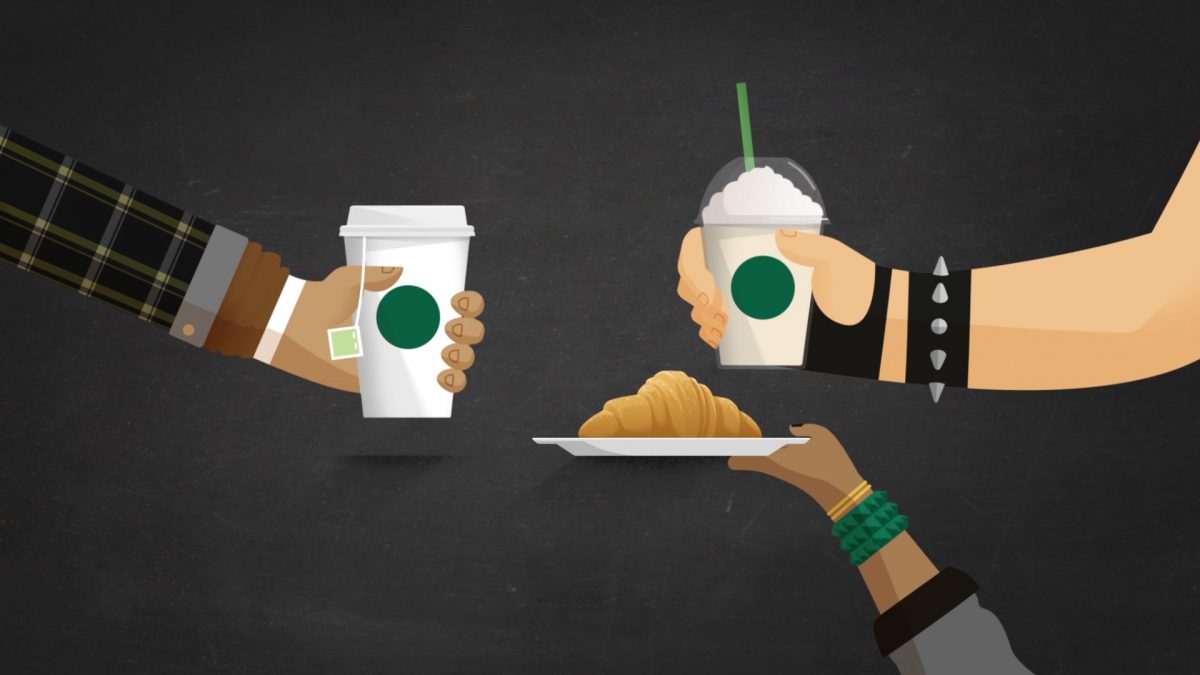
Reward Program: Members get ‘stars’ for each item they buy which can later be used to acquire free meals and beverages.
Visual Appeal: The design of the mobile app is such that it enhances the user experience by rendering the process of getting ‘stars’ as appealing as possible.
2. Duolingo
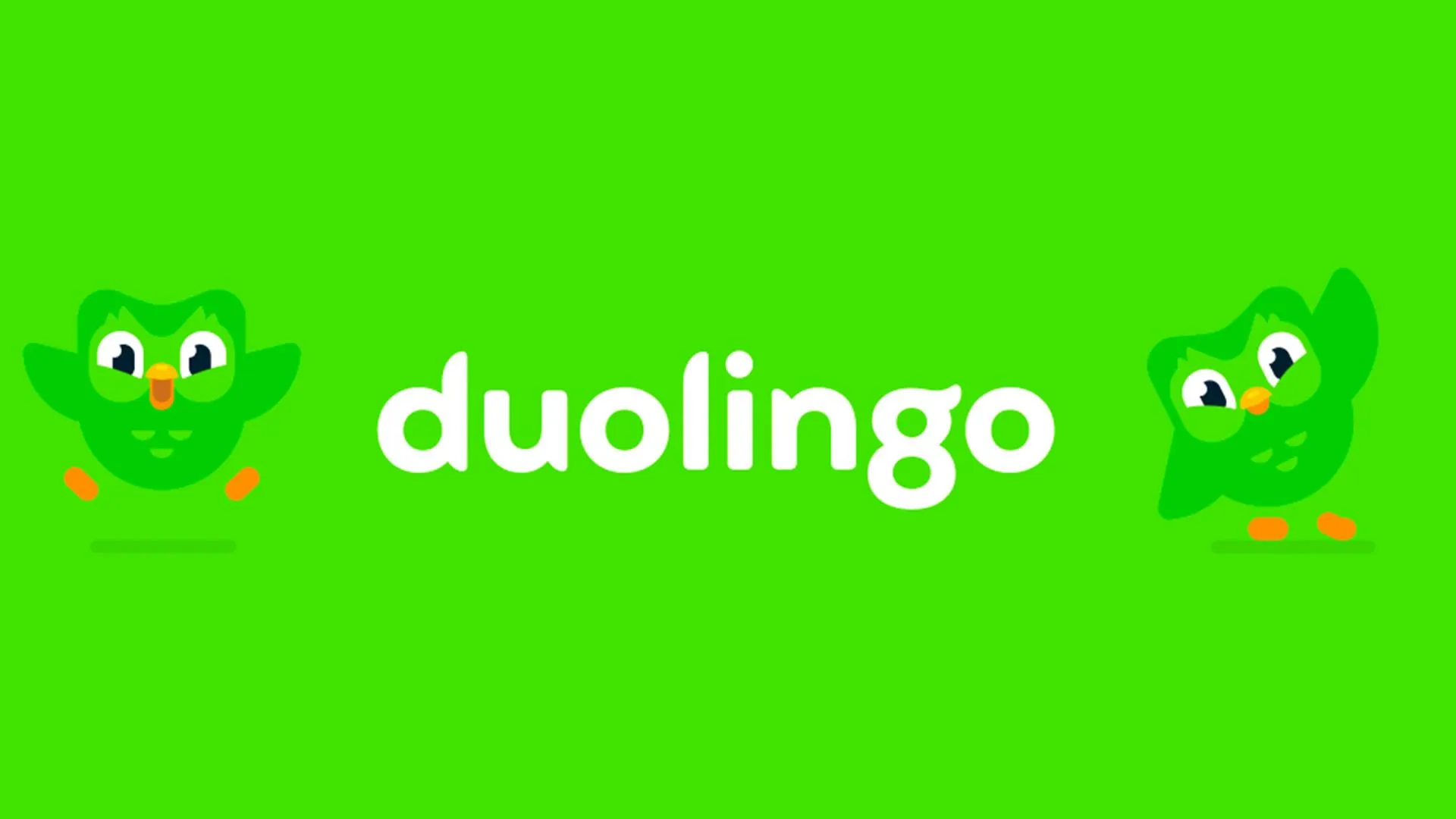
Learning Experience:Points xs, are earned for lessons completed, streaks in daily practice, and through competition on user leader boards.
Engagement:This interaction is sustained due to these game like aspects of the platform.
3. Fitbit
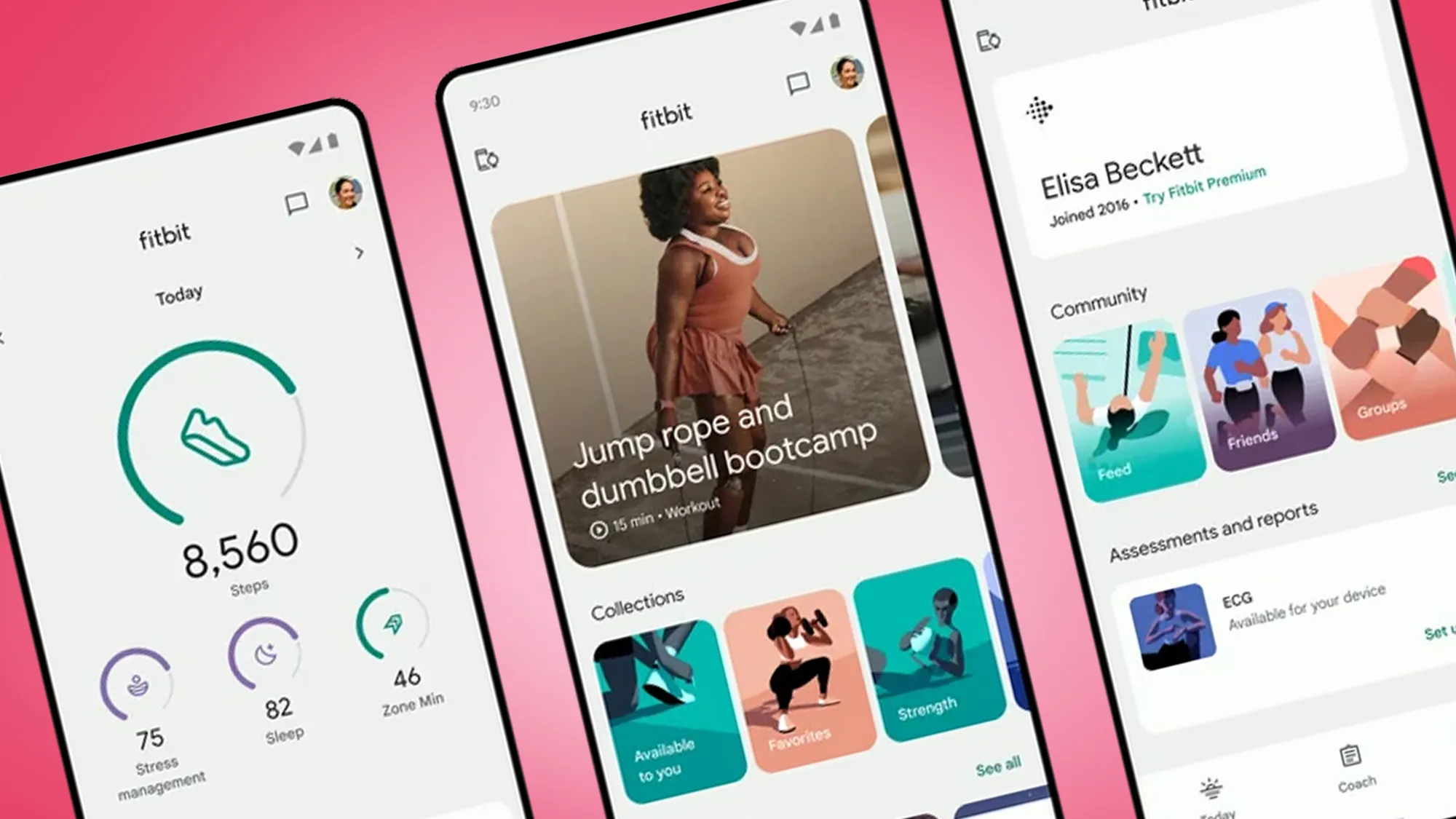
Marketing Strategy:Users set targets, compete with one another, and receive awards for reaching goals which is how the company employs the concepts of gamification.
Encouragement:This method also helps in the more exciting way of keeping fit and most likely will keep them fit.
4. Reddit
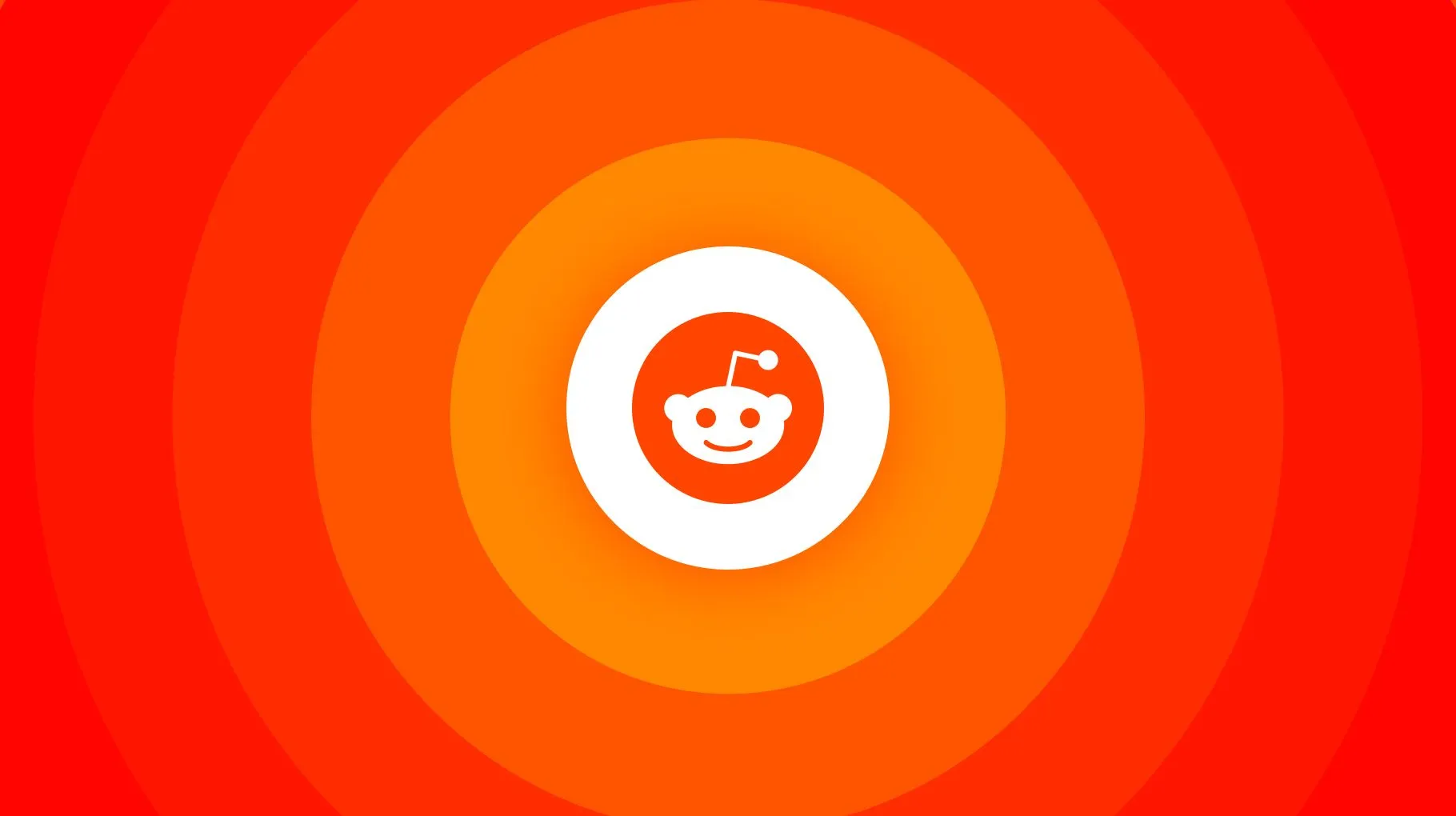
Karma System:Types of karma are given when a user receives any upvotes on their posts, or comments made providing some sort of feedback and progress as well.
User Contribution:That is one of the reasons why so many people do not hesitate to take part in discussions on this platform.
5. CRED

Financial Rewards:It is a simple principle, yet effective and motivating. Users get CRED coins for paying their credit card bills, and these coins can be redeemed for different rewards.
Interactive Games:‘Spin the Wheel’ and such similar features bring engagement and power of anticipation to the users.
6. Revolut
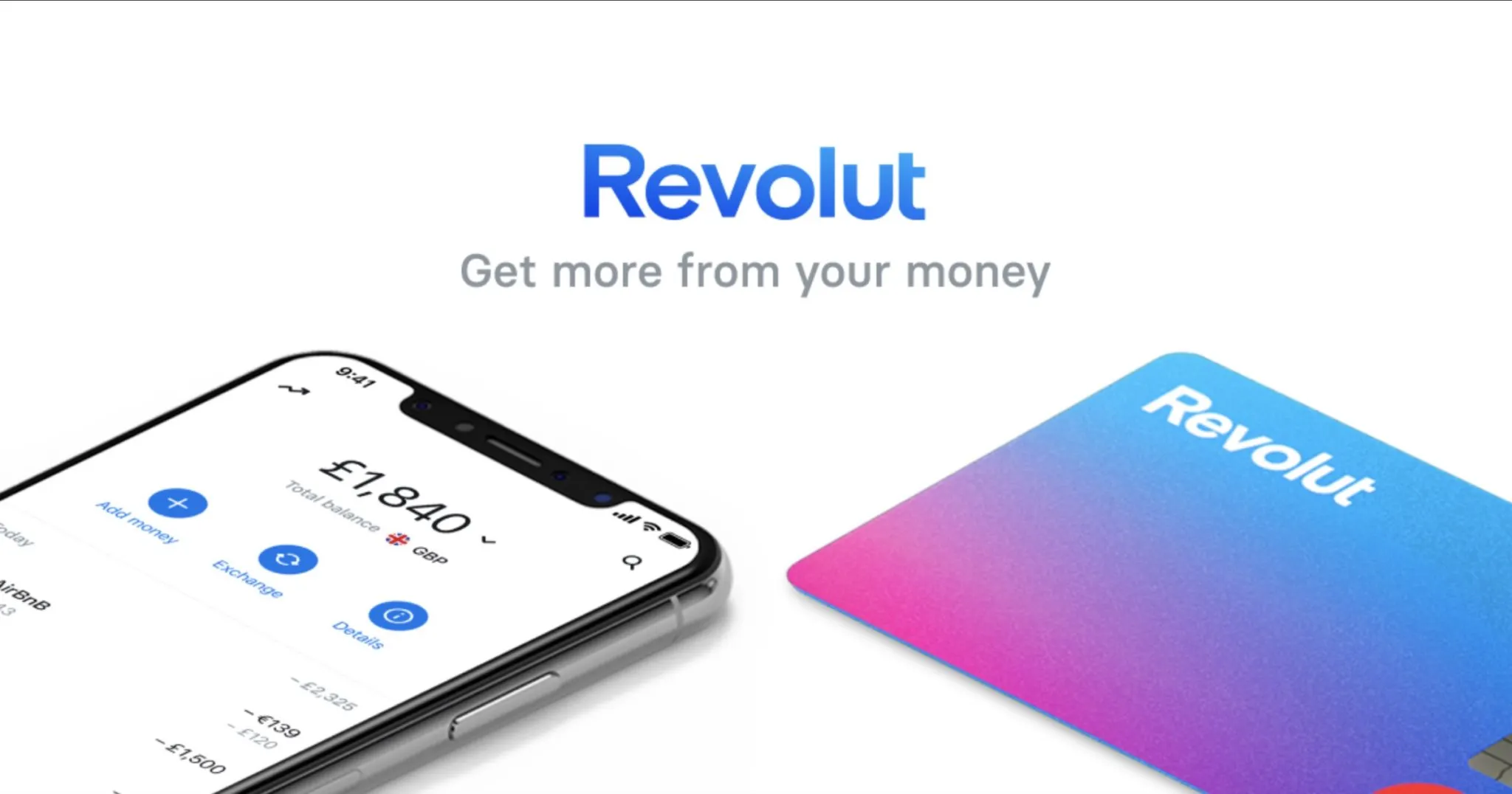
Points Leaderboard:Transaction bonuses place users on a leaderboard with other users’ friends in real-time.
Prize-Based Competitions:E.g. Points can be utilized to bet in the draws that take place weekly and it adds to the competition and the tension of winning.
7. Apple Watch

Core Focus:Apple Watch encourages health and fitness in a playful way through activity rings designed to track how much movement the user seems to meet on a daily basis.
Social Circles:The user can also boast about their results to friends bringing a more competitive edge in this case.
Conclusion
Gamification in UI/UX design is not just about providing entertainment to the users, but keeping them active motivates them to complete boring tasks. Incorporating more elements such as points, badges, leader board, and challenges can encourage the users to deeper interaction with the brand and its products and services.
